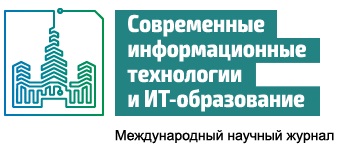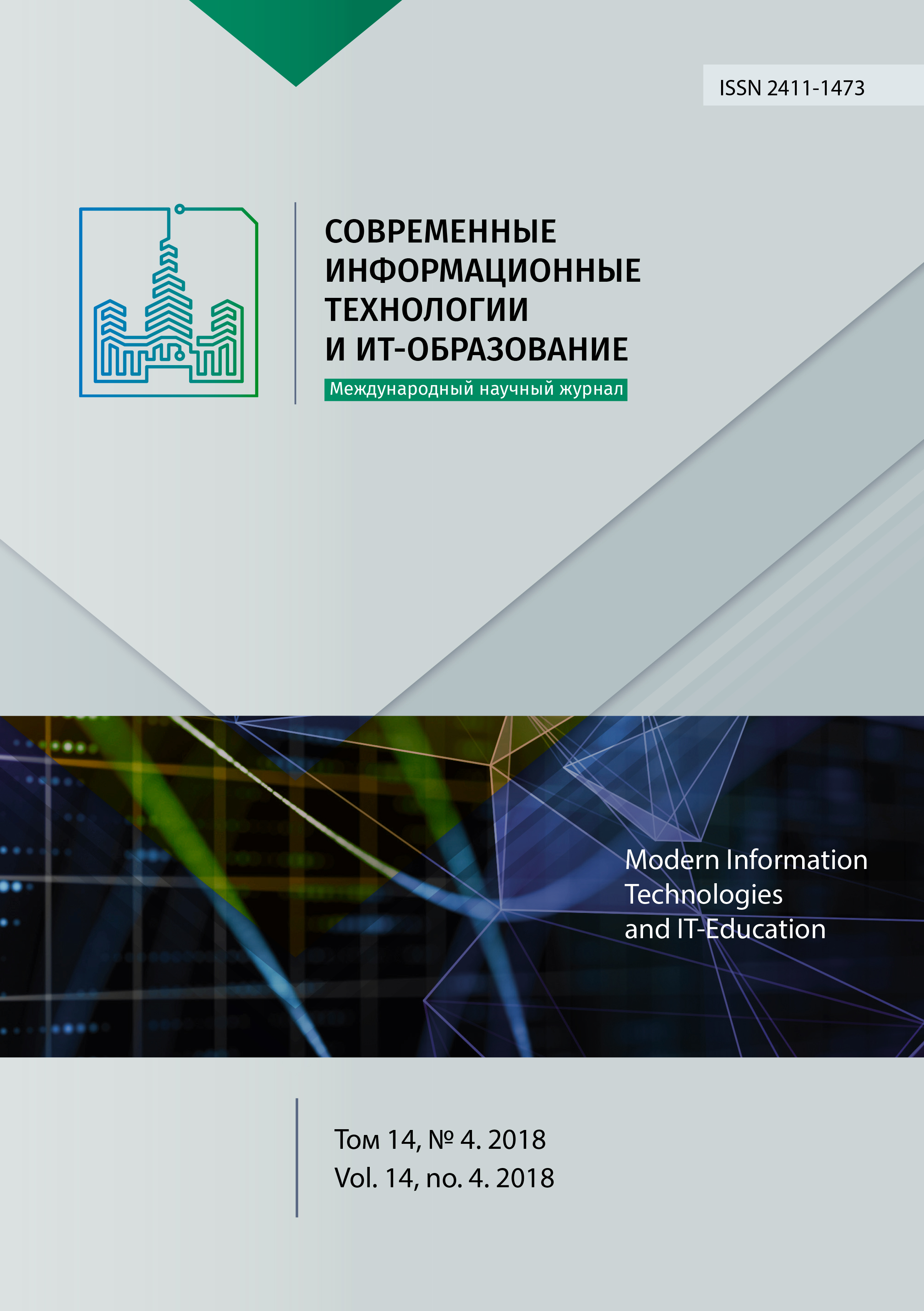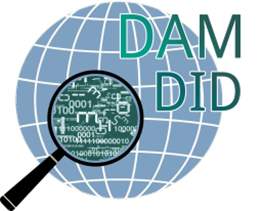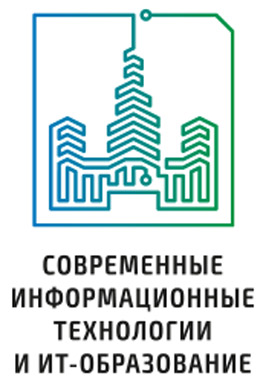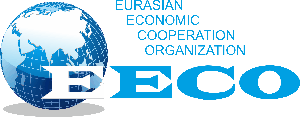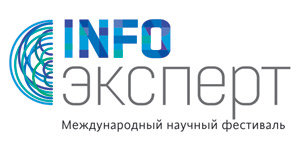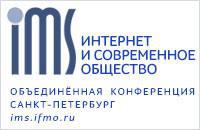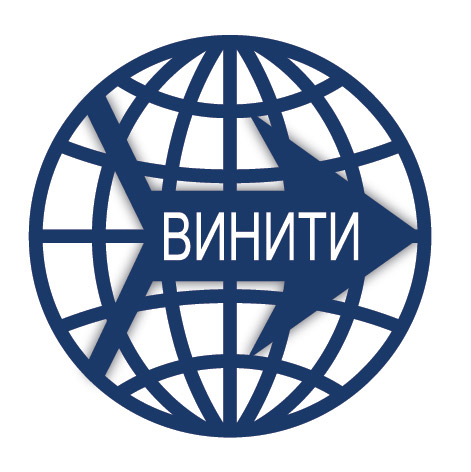КОГНИТИВНАЯ МОДЕЛЬ СРАВНИТЕЛЬНОГО АНАЛИЗА ВЛИЯНИЯ РАЗЛИЧНЫХ ФИНАНСОВЫХ СИСТЕМ НА ТЕМПЫ ЭКОНОМИЧЕСКОГО РОСТА
Аннотация
Архитектура финансовой системы страны как системы «кровеносных сосудов» государства, безусловно, влияет на темпы экономического роста. В связи с развитием в последние полвека исламской модели финансов, также называемой партнерской моделью финансов, возникла дискуссия о том, какая из двух моделей, исламская или традиционная, оказывают наиболее благоприятное воздействие на темпы экономического роста. Эти две модели отличает несколько принципиальных базовых принципов и, соответственно механизмов финансирования, среди которых основным является запрет процентного дохода на капитал, являющийся базовым в обычной банковской практике. Вместо него источником дохода исламского банка является доля в будущей прибыли, которую клиент банка ожидает получить в результате бизнеса, финансируемого финансовой организацией. В дискуссии о сравнительных преимуществах и недостатках банковских систем выделяются несколько вопросов: какая из двух систем обеспечивает экономике страны более быстрый экономический рост, какая – развитие новых технологий, а какая – консервирует старые. Как эти две системы влияют на развитие малого бизнеса, на оздоровление экономических отношений, и другие вопросы. Чаще всего ставится вопрос о влиянии на темпы развития ВВП страны, и этот вопрос исследуется сравнительным анализом разных стран, в которых обе системы представлены в разной пропорции. Основным методом таких исследований является, конечно, эконометрический метод. В данной работе развивается агент-ориентированный подход к исследованию этого вопроса. Суть агент-ориентированного метода – создание и исследование математических, компьютерно реализованных моделей, в которых каждый экономический агент (банк, клиент), представлен в виде виртуального агента в компьютерной среде, обладающего функциями реальных участников финансовых отношений. В данной работе описывается такая модель, разработанная в среде NetLogo. Использование таких моделей является эффективным когнитивным инструментом в изучении экономически явлений.
Литература
[2] Abdullah A., Hassan R., Kassim S. Modeling the Performance of Bulk-Carriers for Islamic Equity Investors. Journal of Islamic Economics, Banking and Finance. 2017; 13(4):91-118. DOI: 10.12816/0051003
[3] Ahmad W., Rais S., Shaik A.R. Modelling the directional spillovers from DJIM Index to conventional benchmarks: Different this time? The Quarterly Review of Economics and Finance. 2018; 67(C):14-27. DOI: 10.1016/j.qref.2017.04.012
[4] Akhtar S.M., Jahromi M. Risk, return and mean-variance efficiency of Islamic and non-Islamic stocks: Evidence from a unique Malaysian data set. Accounting and Finance. 2017; 57(1):3-46. DOI: 10.1111/acfi.12139
[5] Akhtar S.M., Jahromi M. Impact of the Global Financial Crisis on Islamic and Conventional Stocks and Bonds. Accounting & Finance. 2017; 57(3):623-655. DOI: 10.1111/acfi.12136
[6] Al-Zumai F., Al-Wasmi M. 2008 Financial Crisis and Islamic Finance: An Unrealized Opportunity. International Journal for the Semiotics of Law. 2016; 29(2):455-472. DOI: 10.1007/s11196-016-9469-6
[7] Baber H. A comparative study of Islamic housing finance models and issues. Qualitative Research in Financial Markets. 2017; 9(2):168-180. DOI: 10.1108/QRFM-12-2016-0053
[8] Baber H. How crisis-proof is Islamic finance?: A comparative study of Islamic finance and conventional finance during and post financial crisis. Qualitative Research in Financial Markets. 2018; 10(4):415-426. DOI: 10.1108/QRFM-12-2017-0123
[9] Basah M.Y.A., Mohamad S.N.A., Aziz M.R.A., et al. Risks in Islamic Banks: Challenges and management. Journal of Engineering and Applied Sciences. 2018; 13(8):2081-2085. DOI: 10.3923/jeasci.2018.2081.2085
[10] Bhuiyan R.A., Rahman M.P., Saiti B., Mat Ghani G. Financial integration between sukuk and bond indices of emerging markets: Insights from wavelet coherence and multivariate-GARCH analysis. Borsa Istanbul Review. 2018; 18(3):218-230. DOI: 10.1016/j.bir.2017.11.006
[11] Boularhmane I., Souissi M.A. Corporate Islamic Financing in a Complex Economy. International Journal of Applied Engineering Research. 2016; 11(14):8171-8176.
[12] Campisi D., Gitto S., Morea D. Shari'ah-compliant finance: A possible novel paradigm for green economy investments in Italy. Sustainability. 2018; 10(11):3915. DOI: 10.3390/su10113915
[13] Djennas M. Business cycle volatility, growth and financial openness: Does Islamic finance make any difference? Borsa Istanbul Review. 2016; 16(3):121-145. DOI: 10.1016/j.bir.2016.06.003
[14] Hamid N.A., Noor R.M., Dangi M.R.M., Sabli N., Yahya M. Empirical study on the benefits of tax incentive for Islamic home financing in Malaysia. Advanced Science Letters. 2017; 23(8):7451-7455. DOI: 10.1166/asl.2017.9496
[15] Hayat R., Kabir Hassan M. Does an Islamic label indicate good corporate governance? Journal of Corporate Finance. 2017; 43(C):159-174. DOI: 10.1016/j.jcorpfin.2016.12.012
[16] Ireland J.J. Just how loyal are Islamic banking customers? International Journal of Bank Marketing. 2018; 36(3):410-422. DOI: 10.1108/IJBM-09-2016-0138
[17] Kassim S. Islamic finance and economic growth: The Malaysian experience. Global Finance Journal. 2016; 30:66-76. DOI: 10.1016/j.gfj.2015.11.007
[18] Kuznetsov A.V., Fituni L.L., Ryzhkova E.A., Trofimova O.E., Filonik A.O. Islamic finance and its specifics in Europe. World Economy and International Relations. 2017; 61(12):52-62. (In Russian) DOI: 10.20542/0131-2227-2017-61-12-52-62
[19] Lvova N.A., Pokrovskaia N.V., Ivanov V.V. The Attitude to Islamic Taxation in Russia: Does Financial Ethics Matter? Proceedings of the 27th International Business Information Management Association Conference. Innovation Management and Education Excellence Vision 2020: From Regional Development Sustainability to Global Economic Growth (IBIMA 2016). 2016, pp. 294-304.
[20] Marzuki A., Worthington A.C. A comparative analysis of the smart money effect in Malaysian Islamic and conventional equity funds. Journal of the Asia Pacific Economy. 2017; 22(4):657-679. DOI: 10.1080/13547860.2017.1345073
[21] Nusrate Aziz M., Mohamad O.B. Islamic social business to alleviate poverty and social inequality. International Journal of Social Economics. 2016; 43(6):573-592. DOI: 10.1108/IJSE-06-2014-0129
[22] Polato M., Floreani J., Paltrinieri A., Pichler F. Religion, governance and performance: evidence from Islamic and conventional stock exchanges. Journal of Management and Governance. 2016; 20(3):591-623. DOI: 10.1007/s10997-015-9312-6
[23] Poon J.P.H., Pollard J., Chow Y.W. Resetting Neoliberal Values: Lawmaking in Malaysia's Islamic Finance. Annals of the American Association of Geographers. 2018; 108(5):1442-1456. DOI: 10.1080/24694452.2018.1439723
[24] Saâdaoui F., Naifar N., Aldohaiman M.S. Predictability and co-movement relationships between conventional and Islamic stock market indexes: A multiscale exploration using wavelets. Physica A: Statistical Mechanics and its Applications. 2017; 482:552-568. DOI: 10.1016/j.physa.2017.04.074
[25] Saiti B., Afghan M., Noordin N.H. Financing agricultural activities in Afghanistan: a proposed salam-based crowdfunding structure. ISRA International Journal of Islamic Finance. 2018; 10(1):52-61. DOI: 10.1108/IJIF-09-2017-0029
[26] Salim B.F., Mahmoud M.H. Islamic finance: Is it a time to be considered as an alternative during financial crisis times? A comparative study in gulf cooperation council. International Journal of Economics and Financial Issues. 2016; 6(3):1123-1131. Available at: http://www.econjournals.com/index.php/ijefi/article/download/2104/pdf (accessed 12.08.2018).
[27] Santoso B., Ahmad K. Islamic microfinance branchless banking model in Indonesia. Intellectual Discourse. Special Issue. 2016; 24:409-433. Available at: http://journals.iium.edu.my/intdiscourse/index.php/islam/article/view/927 (accessed 12.08.2018).
[28] Saraç M., Ülev S. Investing in Islamic stocks: A wiser way to achieve genuine interest-free finance. Journal of King Abdulaziz University: Islamic Economics. 2017; 30(SI):61-72. DOI: 10.4197/Islec.30-SI.4
[29] Sumarti N. A Mathematics Model for Determinating the Value of Ijarah Contract. IOP Conference Series: Materials Science and Engineering. 2018; 288:012111. DOI: 10.1088/1757-899X/288/1/012111
[30] Susanto A., Latifah L., Nuryasin, Fitriyani A. Decision Support Systems Design on Sharia Financing using Yager’s Fuzzy Decision Model. Proceedings of 2017 5th International Conference on Cyber and IT Service Management (CITSM). Denpasar, 2017, pp. 1-4. DOI: 10.1109/CITSM.2017.8089263
[31] Suzuki Y., Miah M.D. Altruism, reciprocity and Islamic equity finance. International Journal of Islamic and Middle Eastern Finance and Management. 2016; 9(2):205-221. DOI: 10.1108/IMEFM-09-2014-0091
[32] Tekin H., Atasoy B.S., Ertugrul H.M. The Relationship between Conventional Deposit and Islamic Profit Share Rates: An Analysis of the Turkish Banking Sector. Journal of King Abdulaziz University: Islamic Economics. 2017; 30(SI):103-117. DOI: 10.4197/Islec.30-SI.7
[33] Yungucu B., Saiti B. The effects of monetary policy on the Islamic financial services industry. Qualitative Research in Financial Markets. 2016; 8(3):218-228. DOI: 10.1108/QRFM-02-2016-0006

Это произведение доступно по лицензии Creative Commons «Attribution» («Атрибуция») 4.0 Всемирная.
Редакционная политика журнала основывается на традиционных этических принципах российской научной периодики и строится с учетом этических норм работы редакторов и издателей, закрепленных в Кодексе поведения и руководящих принципах наилучшей практики для редактора журнала (Code of Conduct and Best Practice Guidelines for Journal Editors) и Кодексе поведения для издателя журнала (Code of Conduct for Journal Publishers), разработанных Комитетом по публикационной этике - Committee on Publication Ethics (COPE). В процессе издательской деятельности редколлегия журнала руководствуется международными правилами охраны авторского права, нормами действующего законодательства РФ, международными издательскими стандартами и обязательной ссылке на первоисточник.
Журнал позволяет авторам сохранять авторское право без ограничений. Журнал позволяет авторам сохранить права на публикацию без ограничений.
Издательская политика в области авторского права и архивирования определяются «зеленым цветом» в базе данных SHERPA/RoMEO.
Все статьи распространяются на условиях лицензии Creative Commons «Attribution» («Атрибуция») 4.0 Всемирная, которая позволяет другим использовать, распространять, дополнять эту работу с обязательной ссылкой на оригинальную работу и публикацию в этом журналe.
